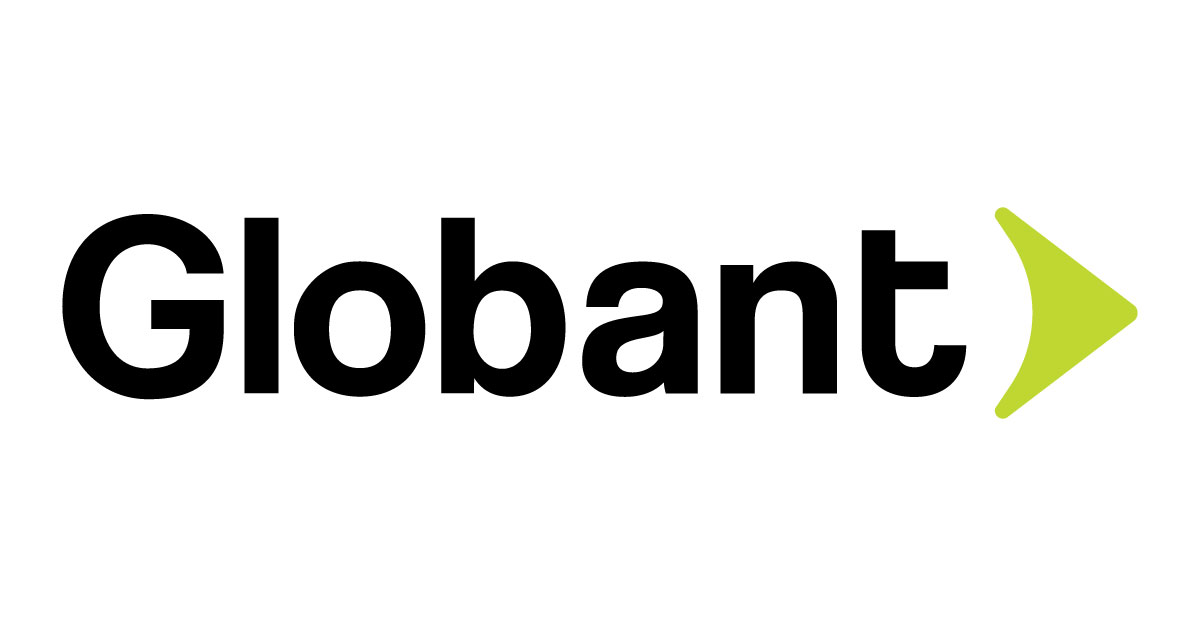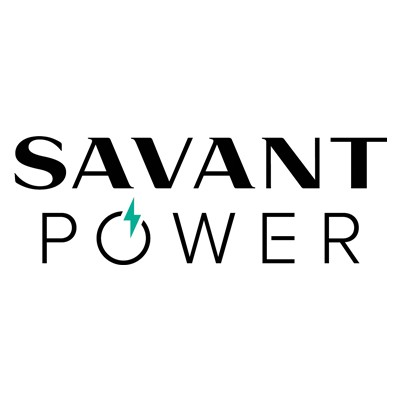The New Frontier of AI Security: Bridging Governance and Deployment Challenges
June 20, 2025, 9:38 pm
In the rapidly evolving landscape of artificial intelligence, security and governance are paramount. As enterprises harness the power of AI agents, the need for robust frameworks to manage risks has never been more critical. Two recent innovations from IBM and Atsign are setting the stage for a new era in AI security and deployment.
IBM has unveiled a groundbreaking software solution that integrates AI governance and security. This initiative aims to provide a unified view of an organization’s risk posture. The integration of watsonx.governance and Guardium AI Security is a significant leap forward. It addresses the complexities of managing AI systems at scale. The promise of AI is immense, but so are the risks. Without proper governance, AI agents can become liabilities rather than assets.
IBM’s new capabilities allow enterprises to manage security and governance risks seamlessly. The integration supports compliance with various frameworks, including the EU AI Act and ISO 42001. This is crucial as organizations navigate a maze of regulations. The software acts as a compass, guiding businesses through the regulatory landscape.
In tandem, IBM has enhanced Guardium AI Security through a partnership with AllTrue.ai. This collaboration introduces the ability to detect new AI use cases across cloud environments and code repositories. By identifying potential vulnerabilities, organizations can proactively address risks. This is akin to having a security guard who not only watches but also anticipates threats.
Moreover, IBM’s automated red teaming feature is a game-changer. It helps enterprises identify and rectify vulnerabilities across AI applications. This proactive approach is essential in a world where cyber threats are constantly evolving. Organizations can define custom security policies to mitigate risks like code injection and data leakage. This level of customization empowers businesses to tailor their security measures to their unique needs.
On the other side of the spectrum, Atsign has launched MCP NoPorts, a revolutionary solution for securing AI deployments. This innovation tackles the vulnerabilities that arise when AI models interact with sensitive data. Traditional methods expose AI systems to external threats, creating a significant security risk. NoPorts eliminates this exposure by making AI assets invisible. It’s like hiding a treasure chest in plain sight—no one can steal what they can’t see.
Atsign’s approach is rooted in zero-trust architecture. Each AI model and service is assigned a unique, cryptographically authenticated identity. This eliminates the reliance on vulnerable tokens or shared secrets. Access is granted only after identity verification, preventing unauthorized interactions. This is a fundamental shift in how AI security is approached.
The end-to-end encrypted connections provided by NoPorts ensure that all communications remain secure. Sensitive data and proprietary logic are shielded from eavesdropping and tampering. This level of protection is vital as organizations increasingly rely on AI for critical operations. The stakes are high, and the cost of a breach can be catastrophic.
NoPorts also accelerates AI deployments. By removing the need for complex firewall exceptions and static IPs, developers can connect AI models in minutes rather than weeks. This efficiency is crucial in a fast-paced business environment. It allows organizations to leverage AI’s full potential without compromising security.
The innovations from IBM and Atsign highlight a broader trend in the industry. As AI becomes more integrated into business operations, the need for comprehensive security and governance frameworks will only grow. Organizations must prioritize these aspects to harness AI’s benefits fully.
The landscape of AI security is not just about technology; it’s about trust. Businesses must build confidence in their AI systems. This requires transparency, accountability, and robust governance. The tools provided by IBM and Atsign are steps in the right direction. They empower organizations to navigate the complexities of AI while safeguarding their assets.
In conclusion, the future of AI hinges on how well we secure it today. The integration of governance and security is not just a luxury; it’s a necessity. As enterprises scale their AI initiatives, they must adopt solutions that address both security and compliance. The innovations from IBM and Atsign are paving the way for a more secure and responsible AI landscape. The journey is just beginning, but the path is clearer than ever. Organizations that embrace these changes will not only protect their data but also unlock the true potential of AI. The horizon is bright, but vigilance is key.
IBM has unveiled a groundbreaking software solution that integrates AI governance and security. This initiative aims to provide a unified view of an organization’s risk posture. The integration of watsonx.governance and Guardium AI Security is a significant leap forward. It addresses the complexities of managing AI systems at scale. The promise of AI is immense, but so are the risks. Without proper governance, AI agents can become liabilities rather than assets.
IBM’s new capabilities allow enterprises to manage security and governance risks seamlessly. The integration supports compliance with various frameworks, including the EU AI Act and ISO 42001. This is crucial as organizations navigate a maze of regulations. The software acts as a compass, guiding businesses through the regulatory landscape.
In tandem, IBM has enhanced Guardium AI Security through a partnership with AllTrue.ai. This collaboration introduces the ability to detect new AI use cases across cloud environments and code repositories. By identifying potential vulnerabilities, organizations can proactively address risks. This is akin to having a security guard who not only watches but also anticipates threats.
Moreover, IBM’s automated red teaming feature is a game-changer. It helps enterprises identify and rectify vulnerabilities across AI applications. This proactive approach is essential in a world where cyber threats are constantly evolving. Organizations can define custom security policies to mitigate risks like code injection and data leakage. This level of customization empowers businesses to tailor their security measures to their unique needs.
On the other side of the spectrum, Atsign has launched MCP NoPorts, a revolutionary solution for securing AI deployments. This innovation tackles the vulnerabilities that arise when AI models interact with sensitive data. Traditional methods expose AI systems to external threats, creating a significant security risk. NoPorts eliminates this exposure by making AI assets invisible. It’s like hiding a treasure chest in plain sight—no one can steal what they can’t see.
Atsign’s approach is rooted in zero-trust architecture. Each AI model and service is assigned a unique, cryptographically authenticated identity. This eliminates the reliance on vulnerable tokens or shared secrets. Access is granted only after identity verification, preventing unauthorized interactions. This is a fundamental shift in how AI security is approached.
The end-to-end encrypted connections provided by NoPorts ensure that all communications remain secure. Sensitive data and proprietary logic are shielded from eavesdropping and tampering. This level of protection is vital as organizations increasingly rely on AI for critical operations. The stakes are high, and the cost of a breach can be catastrophic.
NoPorts also accelerates AI deployments. By removing the need for complex firewall exceptions and static IPs, developers can connect AI models in minutes rather than weeks. This efficiency is crucial in a fast-paced business environment. It allows organizations to leverage AI’s full potential without compromising security.
The innovations from IBM and Atsign highlight a broader trend in the industry. As AI becomes more integrated into business operations, the need for comprehensive security and governance frameworks will only grow. Organizations must prioritize these aspects to harness AI’s benefits fully.
The landscape of AI security is not just about technology; it’s about trust. Businesses must build confidence in their AI systems. This requires transparency, accountability, and robust governance. The tools provided by IBM and Atsign are steps in the right direction. They empower organizations to navigate the complexities of AI while safeguarding their assets.
In conclusion, the future of AI hinges on how well we secure it today. The integration of governance and security is not just a luxury; it’s a necessity. As enterprises scale their AI initiatives, they must adopt solutions that address both security and compliance. The innovations from IBM and Atsign are paving the way for a more secure and responsible AI landscape. The journey is just beginning, but the path is clearer than ever. Organizations that embrace these changes will not only protect their data but also unlock the true potential of AI. The horizon is bright, but vigilance is key.

